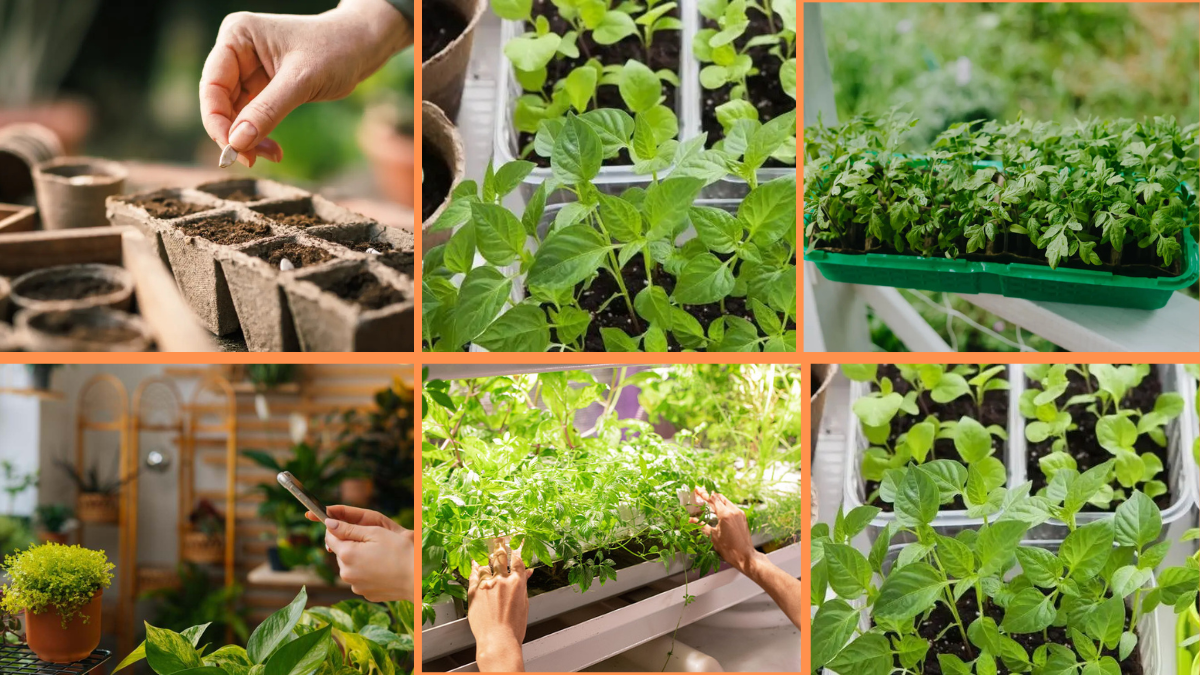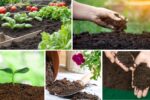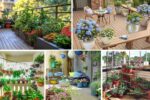Imagine sipping your morning coffee surrounded by fresh green plants, breathing in cleaner air, and perhaps even picking a few leaves of basil or mint for your breakfast — all without stepping outside. That’s the magic of an indoor garden.
Indoor gardening isn’t just about adding beauty to your space. It can improve your mood, boost creativity, purify the air, and even provide homegrown herbs, veggies, and flowers year-round. Whether you live in a compact apartment, a sunny loft, or a house with limited outdoor space, starting an indoor garden is easier than you might think.
In this detailed guide, we’ll cover everything you need to know about how to start growing your own lush indoor garden — from selecting plants and containers to lighting, watering, and keeping your plants happy and healthy.
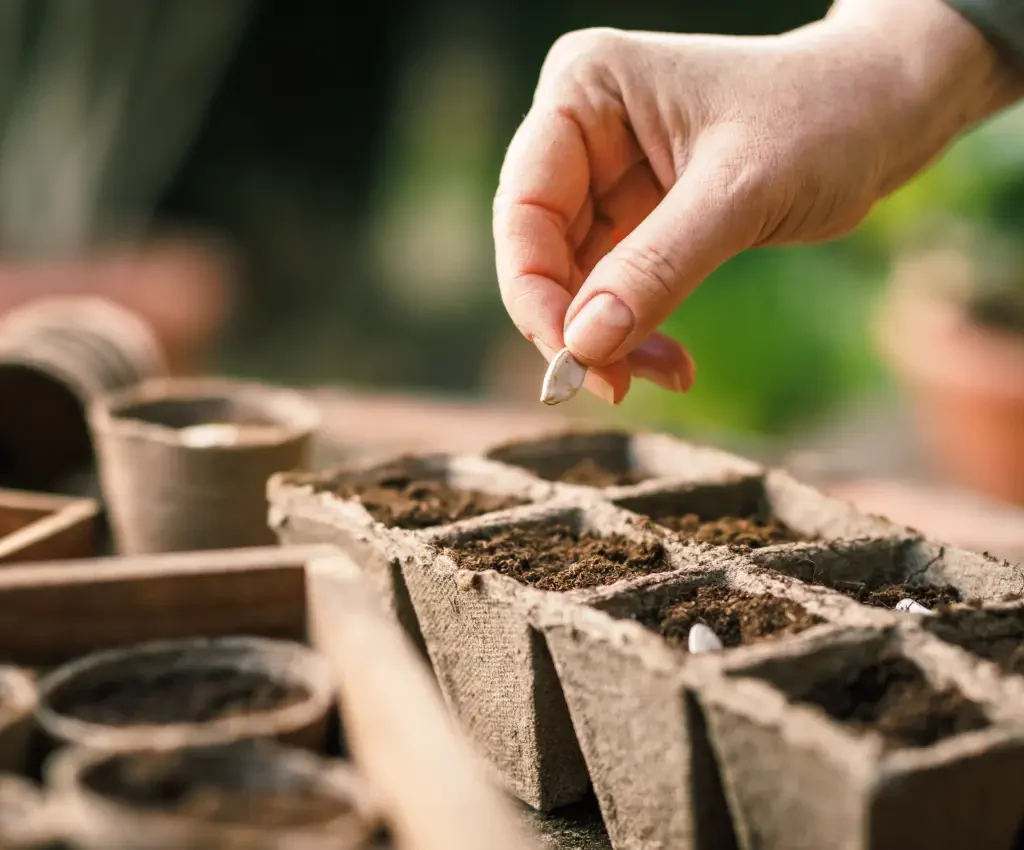
Why Start an Indoor Garden?
Before we dive into the how-to, let’s explore some of the benefits of bringing nature inside:
- Improves air quality: Plants absorb carbon dioxide and release oxygen while filtering indoor pollutants.
- Elevates mood and reduces stress: Being around plants has been shown to lower anxiety and promote relaxation.
- Enhances home décor: Indoor plants add color, texture, and a sense of calm to any room.
- Offers fresh produce: Grow your own herbs, leafy greens, or even small fruits year-round.
- Great for small spaces: No outdoor garden? No problem! Indoor gardens are perfect for city living.
Step 1: Choose the Right Space
Your indoor garden’s success depends on where you place it. Consider the following:
- Light availability: Most plants need bright, indirect sunlight. South- or east-facing windows are ideal.
- Temperature: Most houseplants thrive between 60°F–75°F (15°C–24°C).
- Humidity: Bathrooms and kitchens often have higher humidity, perfect for tropical plants.
- Space: Even a windowsill, countertop, or bookshelf can serve as a mini garden.
Tip: If your space lacks natural light, don’t worry — grow lights can easily supplement it.
Step 2: Select the Best Indoor Plants for Beginners
Start with plants that are low-maintenance and adapt well to indoor conditions. Here are some easy options:
Houseplants
- Snake plant (Sansevieria)
- Pothos
- Spider plant
- Peace lily
- ZZ plant
Flowering Indoor Plants
- African violets
- Begonias
- Orchids (Phalaenopsis)
Herbs
- Basil
- Mint
- Parsley
- Chives
- Rosemary
Vegetables (in containers or hydroponics)
- Lettuce
- Spinach
- Radishes
- Cherry tomatoes (in sunny spots)
Pro Tip: Check plant tags for light, water, and care requirements before choosing.
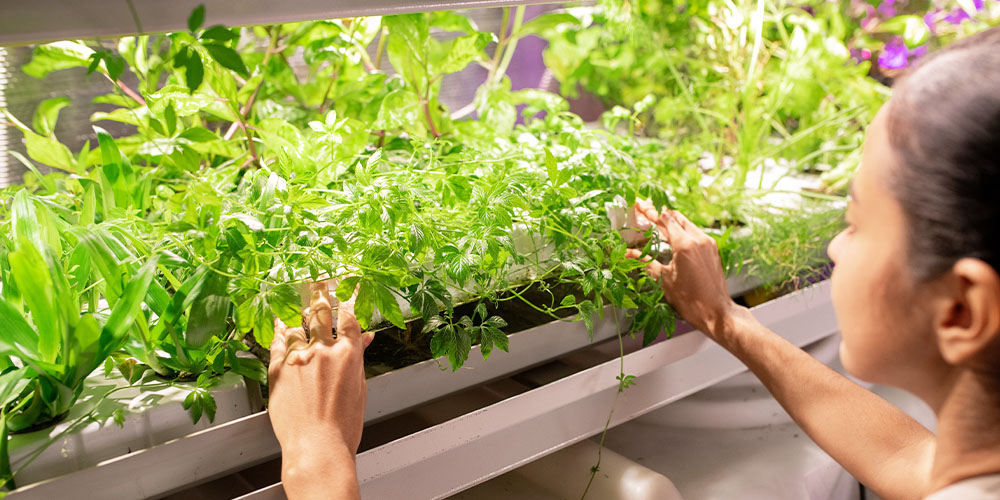
Step 3: Pick the Perfect Containers
Your containers don’t have to be fancy, but they should meet these basics:
- Drainage holes: Crucial to prevent waterlogging.
- Material: Clay pots are breathable but dry out faster. Plastic retains moisture but may overheat near windows.
- Size: Choose pots slightly larger than the plant’s root ball to allow room for growth.
Creative ideas: Mason jars, hanging baskets, teacups, and wall planters can make charming homes for your plants.
Step 4: Use the Right Potting Mix
Avoid using regular garden soil, which can compact in containers and may harbor pests. Instead, use:
- Houseplant potting mix: Lightweight and drains well.
- Specialty mixes: Available for orchids, succulents, or vegetables.
- DIY mix: Combine 2 parts peat moss or coco coir, 1 part perlite, and 1 part compost for a general-purpose mix.
Note: Never fill a pot entirely with stones for drainage; use them only as a thin bottom layer if needed.
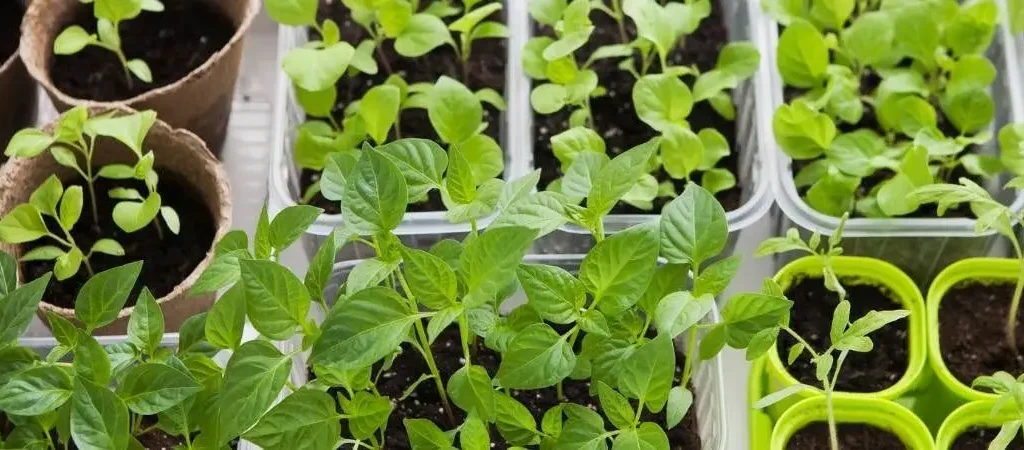
Step 5: Understand Indoor Lighting
Light is the most critical factor for plant health. Know your plant’s needs:
- Full sun: Needs direct sunlight for 6+ hours (tomatoes, basil).
- Bright, indirect light: Prefers filtered light (snake plants, pothos).
- Low light: Tolerates minimal sunlight (ZZ plants, peace lilies).
If natural light is limited, invest in grow lights. LED grow lights are energy-efficient, long-lasting, and can be tailored to plant types.
Step 6: Water Wisely
Overwatering is a common mistake in indoor gardening. Here’s how to get it right:
- Check soil moisture: Stick your finger 1 inch into the soil. If dry, it’s time to water.
- Water deeply but less often: Let water drain through the pot, then empty any excess from the saucer.
- Adapt with seasons: Water more in summer and less in winter.
- Use room-temperature water to avoid shocking the roots.
Mist humidity-loving plants like ferns and calatheas regularly or use a humidifier nearby.
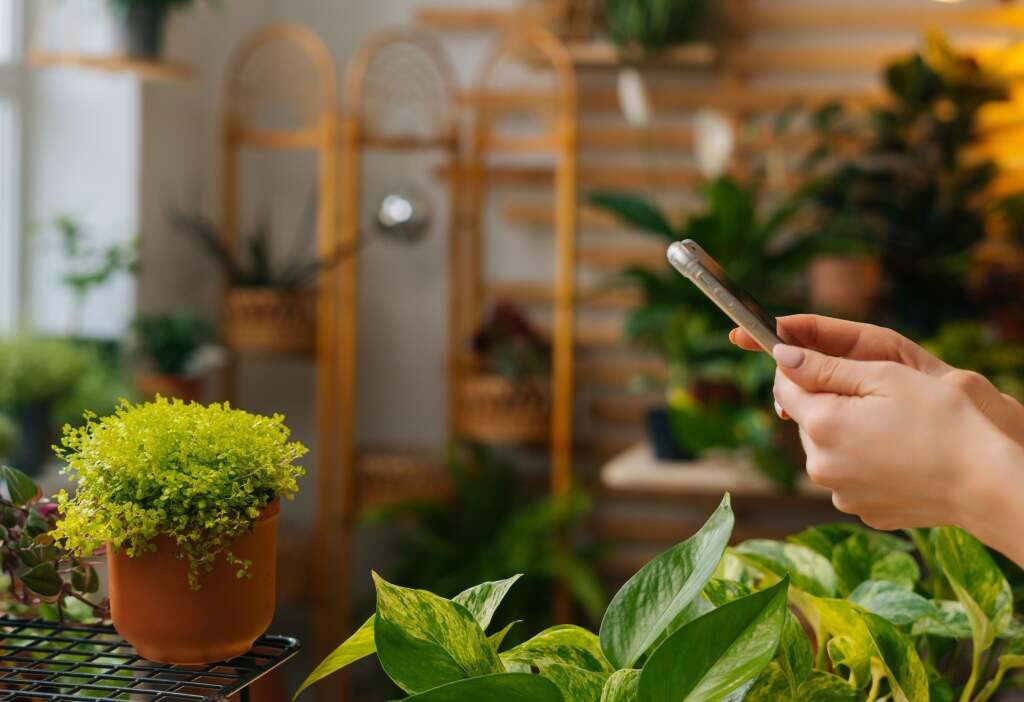
Step 7: Fertilize and Feed
Indoor plants need extra nutrients since potting soil loses fertility over time.
- Use balanced liquid fertilizer (like 10-10-10) for houseplants every 4–6 weeks during growing seasons.
- Herbs and vegetables appreciate organic options like compost tea, fish emulsion, or seaweed extract.
- Slow-release pellets are great for low-maintenance feeding.
Always follow the fertilizer’s label instructions — too much can burn roots.
Step 8: Prune, Groom, and Repot
Regular care keeps your indoor garden healthy and looking great.
- Prune dead leaves and faded flowers to encourage new growth.
- Wipe leaves with a damp cloth to remove dust and help photosynthesis.
- Repot when roots outgrow containers — typically every 1–2 years for houseplants.
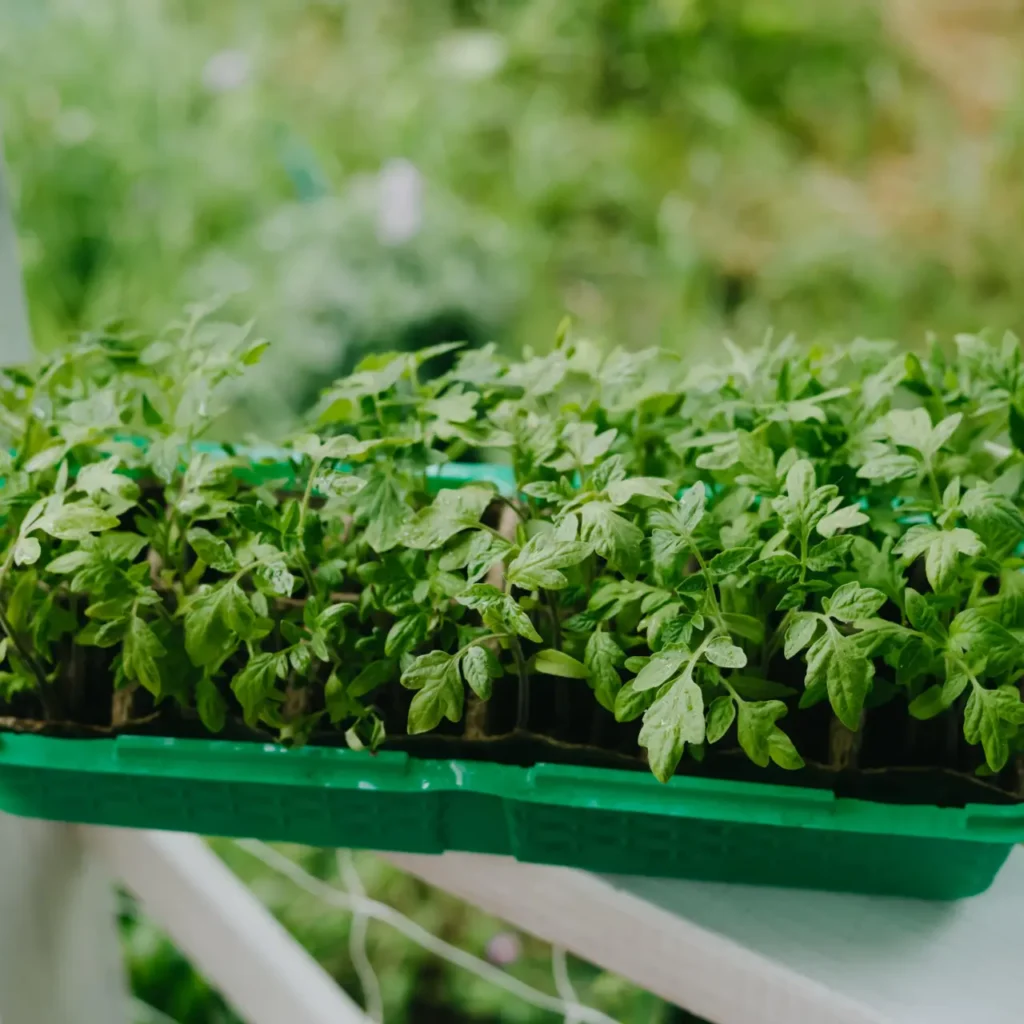
Step 9: Watch for Pests and Problems
Though indoor plants face fewer pests, it’s wise to stay vigilant.
- Check for tiny bugs like aphids, spider mites, and fungus gnats.
- Use natural treatments like neem oil or insecticidal soap.
- Isolate new plants for a week before placing them with existing ones to prevent infestations.
Avoid overwatering to prevent root rot and mold growth.
Creative Indoor Gardening Ideas
Once you’ve mastered the basics, have fun experimenting:
- Create a hanging plant wall with trailing pothos and ferns.
- Build a kitchen herb garden in mason jars on a sunny windowsill.
- Design a terrarium with succulents, moss, and decorative stones.
- Try hydroponics or small indoor greenhouses for year-round veggies.
The possibilities are endless when you combine greenery with your home’s décor.
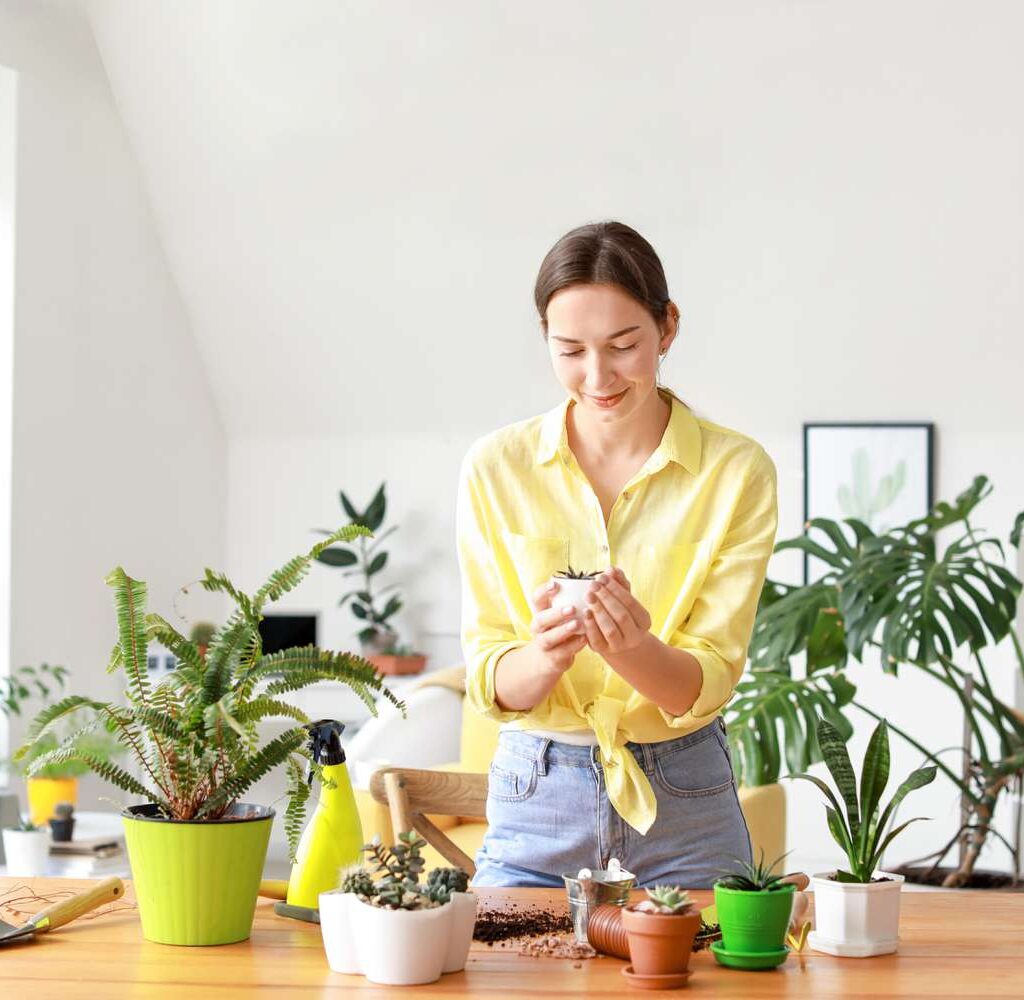
Final Thoughts
Starting an indoor garden is a wonderfully rewarding hobby that connects you with nature, beautifies your home, and even puts fresh herbs and greens within arm’s reach. With a little planning, the right plants, and consistent care, you’ll soon enjoy a lush, green oasis right inside your home.
Whether you start with a couple of easy houseplants or go all-in with a thriving herb and veggie setup, remember: every plant you grow brings life and freshness to your living space.
So grab a pot, pick a plant, and begin your indoor gardening adventure today!
